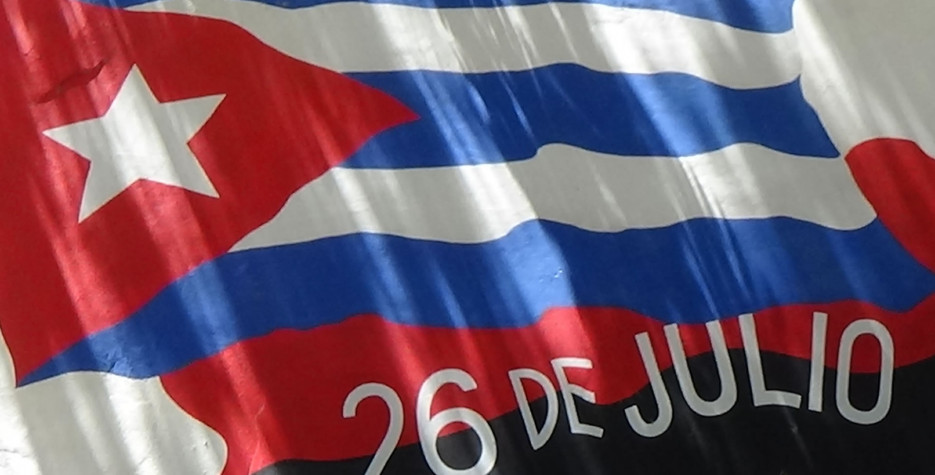When are the Cuban National Revolution Days?
Cuba observes three days of public holiday from July 25th - 27th.
The July 25th and July 27th holiday are known as 'Commemoration of the Assault on Moncada' (Spanish: Conmemoración del Asalto a Moncada), while the July 26th holiday is known as 'National Rebellion Day' (Spanish: Día de la Rebeldía Nacional).
These holidays commemorate the events of 1953 when Fidel Castro stormed the Moncada army garrison in Santiago de Cuba.
History of National Rebellion Day
Fulgencio Batista had led a military coup on March 10th 1952 installing himself as president, supported financially and militarily by the United States government. Batista moved to suspend the 1940 Constitution and revoked most political liberties, including the right to strike.
Fidel Castro was a lawyer with strong communist views. He had participated in the elections that were cancelled due to Batista's coup. Castro viewed Batista as an oppressive dictator in the pocket of the US and had begun training rebels with the aim of removing Batista.
On the morning of July 26th 1953, around 160 men under the command of Fidel Castro attacked the Moncada army garrison in Santiago de Cuba, Cuba's second-largest city. The attack was seen as an opportunity to arm the rebels and instigate a revolution that would bring down Batista.
Almost all of Fidel Castro's followers were from the youth wing of Partido Ortodoxo (Party of the Cuban People) and came mainly from the lower middle class or working class. The average age was 26, the same as Fidel Castro at the time. The Afro-Cuban composition of the group was limited, in part, this was because many biracial Cubans identified with Batista, who was of mixed blood.
By any measure, the assault was a failure, with deaths on both sides. Many of the rebels were hunted down and executed. Those that were captured, including Castro, were sentenced to long prison sentences; though they only served 22 months due to an amnesty for political prisoners.
Fulgencio Batista was removed from power on January 12th 1959.
Despite the failure of the attack on the Moncada barracks, it is seen as the catalyst for the Castro-led insurrection that eventually expelled Fulgencio Batista. The date of the attack was adopted by Castro as the name for his revolutionary movement. (Movimiento 26 Julio or M 26-7).
Did you know?
The damage to the Moncada Barracks was quickly repaired by the military after the attack. The bullet holes were recreated in the façade of the barracks after the revolution's success.
In addition to the Moncada attack, Santiago's position as the birthplace of the revolution is furthered enhanced as Castro conducted his guerrilla campaign from the nearby Sierra Maestra mountains and his remains were laid to rest in Santiago.
Fidel Castro died in 2016. One of his last wishes was that he didn't want any streets or buildings named after him, or any statues built in his honour to avoid creating a cult of personality. Despite this, his tomb in Santiago has become a popular tourist attraction.
Not surprisingly, the three days of holidays are a popular time for displays of national pride. Crowds of over 100,000 are common in Havana, where a carnival and mass rallies mark the occasion.
As the holidays coincide with the Feast day of St. James (Spanish: Santiago), they are celebrated widely with a carnival in Santiago de Cuba.


